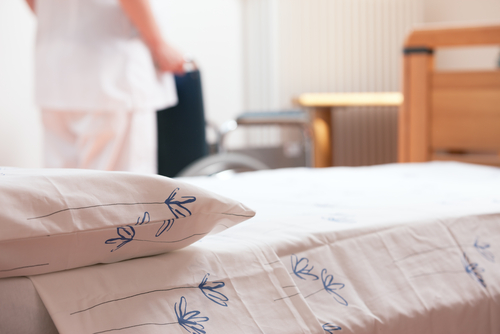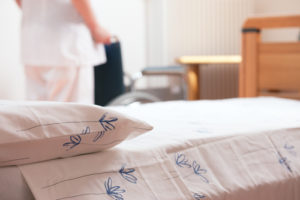
The Vital Role Of Hygiene And Cleanliness In Nursing Homes
28 Nov, 2023
Senior Care
Hygiene and cleanliness are paramount in nursing homes, where the health and well-being of elderly residents are of utmost importance. Maintaining a clean and sanitary environment is not only a matter of comfort but also a critical component of infection control. In this essay, we delve into the vital role of hygiene and cleanliness in nursing homes, exploring how these practices ensure the safety and health of residents. Hygiene and cleanliness in nursing homes extend to various aspects of daily life within these facilities. From common areas to resident rooms and shared facilities, maintaining a clean and sanitary environment is fundamental to providing a safe and comfortable living space for elderly residents.
Effective hygiene and cleanliness practices encompass several key areas:
In nursing homes, infection control is a top priority due to the residents’ susceptibility to infectious diseases, often having weakened immune systems and pre-existing medical conditions. To effectively manage this, rigorous hygiene and cleanliness protocols are essential, encompassing regular cleaning, sanitization, and disinfection of all surfaces, accompanied by the use of personal protective equipment (PPE) by staff to minimize the risk of infection transmission. Furthermore, in communal living environments like nursing homes, preventing cross-contamination is vital, necessitating regular and thorough cleaning and disinfection of high-touch surfaces such as doorknobs, handrails, and shared equipment to reduce the risk of infection transmission among residents. Resident room cleanliness is crucial for maintaining the health and comfort of elderly individuals, involving regular cleaning and disinfection of surfaces, as well as proper handling of linens and personal items to prevent infection spread. Additionally, staff training plays a critical role in maintaining hygiene and cleanliness, ensuring that cleaning personnel are well-versed in the proper use of disinfectants and cleaning protocols for various areas within the facility. Beyond physical cleanliness, the psychological and emotional well-being of residents is of paramount importance, and nursing homes strive to address this by providing emotional support and compassionate care from staff to alleviate residents’ emotional distress during their stay.
Hygiene and cleanliness practices in nursing homes go hand in hand with the broader objectives of preventing infections and maintaining the overall health of residents. In addition to regular cleaning and disinfection, proper hand hygiene and the use of PPE by staff are essential components of infection control. The ongoing COVID-19 pandemic has underscored the critical role of hygiene and cleanliness in nursing homes. These facilities have had to adapt and enhance their cleaning protocols to prevent the spread of the virus among residents and staff. Regular testing, strict isolation measures, and the use of PPE have become standard practices to protect vulnerable residents.
In conclusion, hygiene and cleanliness are fundamental in nursing homes, ensuring the safety and well-being of elderly residents. Effective infection control, prevention of cross-contamination, cleanliness of resident rooms, staff training, and attention to psychological and emotional well-being are key aspects of maintaining a clean and sanitary environment. The ongoing pandemic has heightened the importance of these practices, emphasizing their pivotal role in protecting vulnerable individuals within nursing homes.

Leave a Comment